The great explorer Ernest Shackleton inspired an ‘artist in school’ project I coordinated that encouraged children’s exploration of their own creativity and the world beyond!
Ernest Shackleton (1874-1922), the world-renowned Antarctic explorer was born in Kilkea, Co Kildare. Whilst his leadership and survival skills are worshipped by many around the world, his Kildare family influences and deep roots in education and creativity are often overlooked. In 2021, they inspired a project where I worked as an artist coordinator with Kilkea Primary School. Together, we brought the explorer’s intrepid creativity back to the village of his birth and encouraged local children to take inspiration from Shackleton’s printmaking in Antarctica!
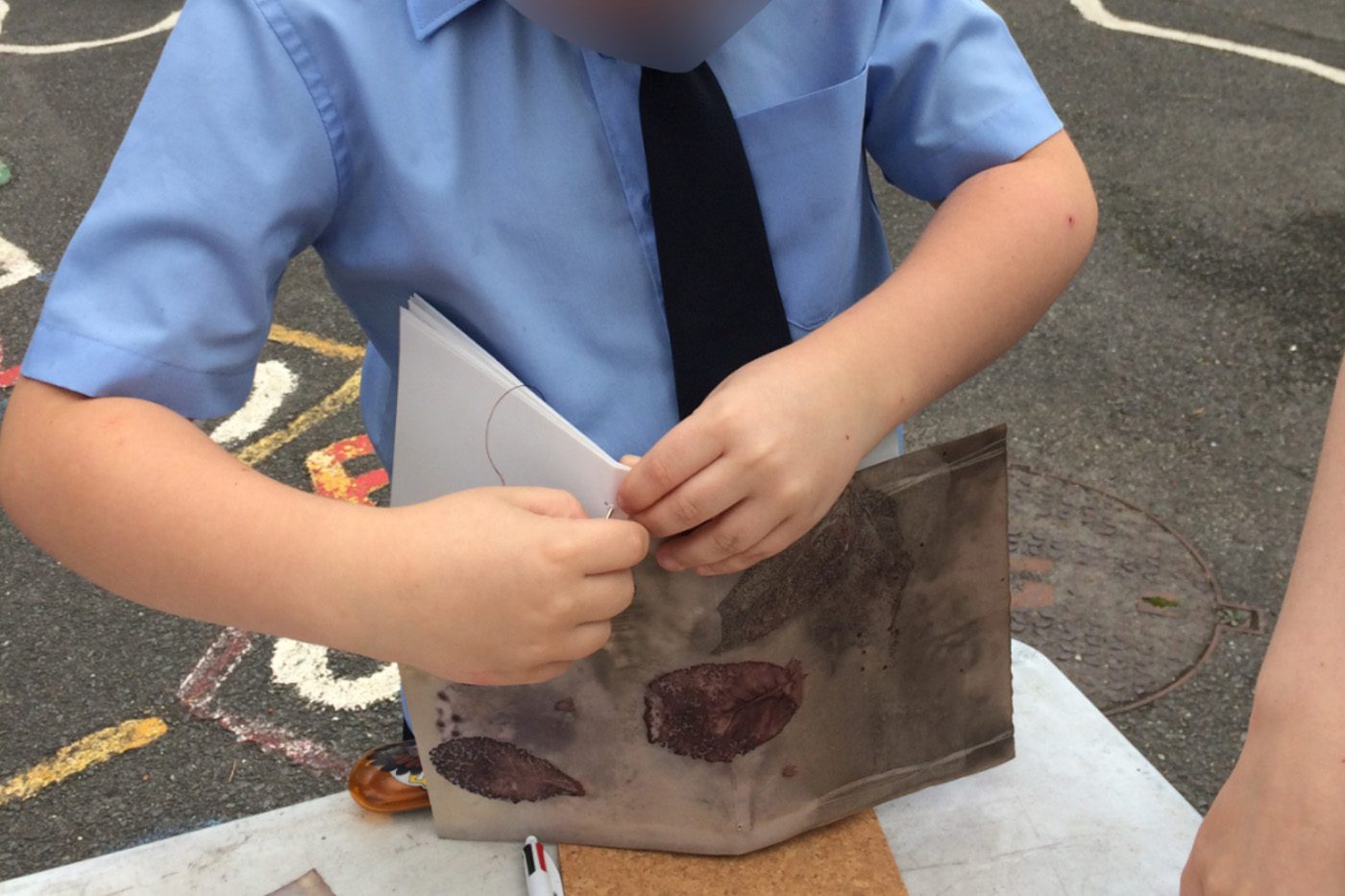

The Shackletons and Education in Kildare
Ernest Shackleton’s family were residents of Ballitore, outside Athy, Co. Kildare, for hundreds of years, and they set up the first Quaker school there in 1728. His family always had a strong interest in the world beyond Kildare, as well as education. His impressive grand-aunt Mary Shackleton Leadbetter (1758-1826) was a writer, poet, suffragette, and abolitionist, and his sister Kathleen (1884-1961) travelled around the Canadian Arctic in the 1920s painting portraits for the Hudson Bay Company.
The connection with Ernest Shackleton is very important to Kilkea, especially in the run-up to 2022, which marks the 100th anniversary of his death. We are all very proud of this ‘son of Kilkea’ and all that he achieved in his lifetime, and the project was a lovely way to honour his legacy and his ongoing connection to Kildare in the run-up to that milestone.
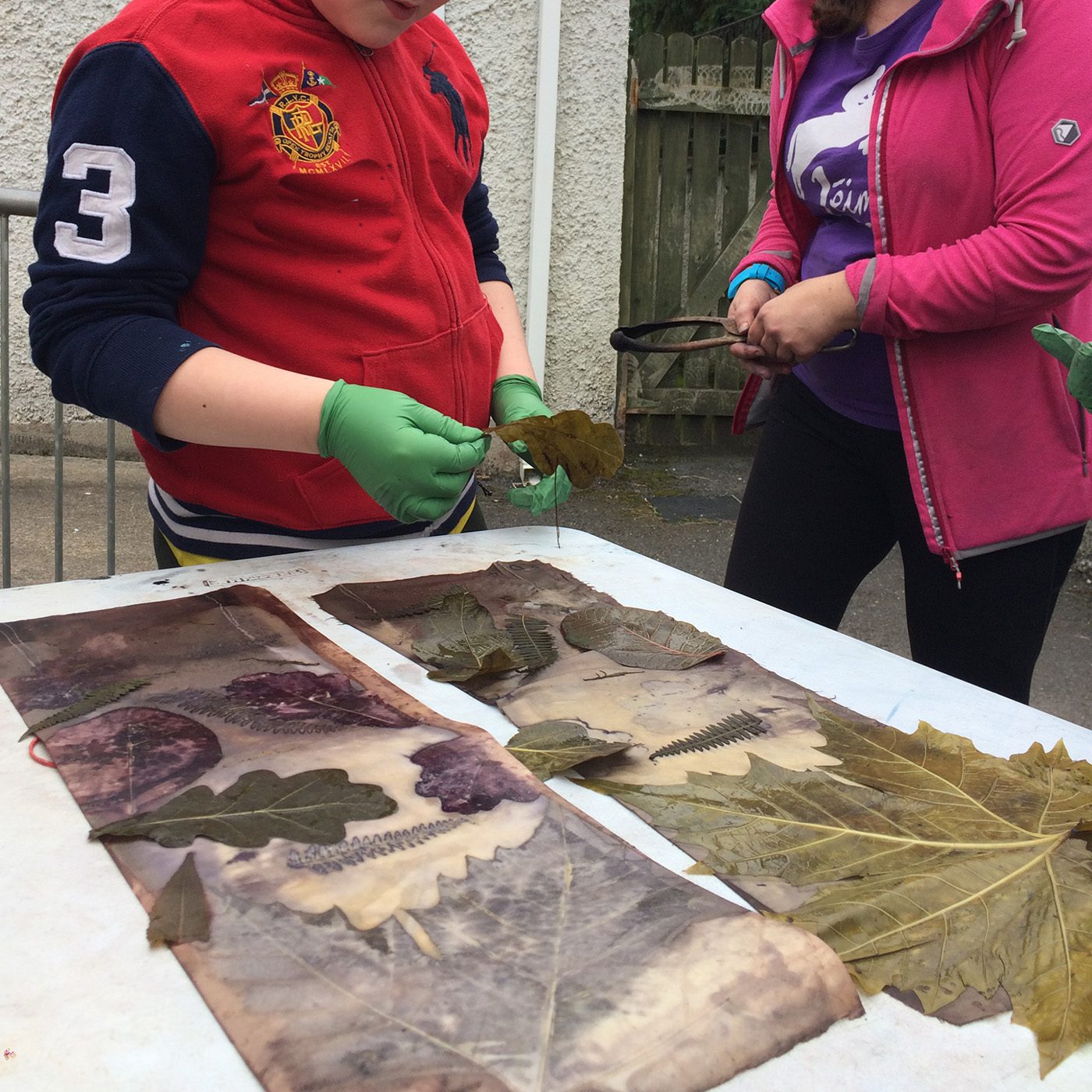

Learning About and Practising Printmaking
My artist’s residency with the school was made possible thanks to the Kildare County Council Arts in Education Residency Bursary Award. It allowed the children to learn about and experiment with many different forms of print-making, including eco-printing, gravestone rubbing, drypoint and letterpress techniques. The children also got to try their hand, like Shackleton, at book-binding & map-making.
Our goal was to encourage children to follow Shackleton’s example by trying new things and dreaming big – I believe there are lessons to be learned from a man who never reached his goal but is rightly famous for the process, journey, and decisions he made with his crew!
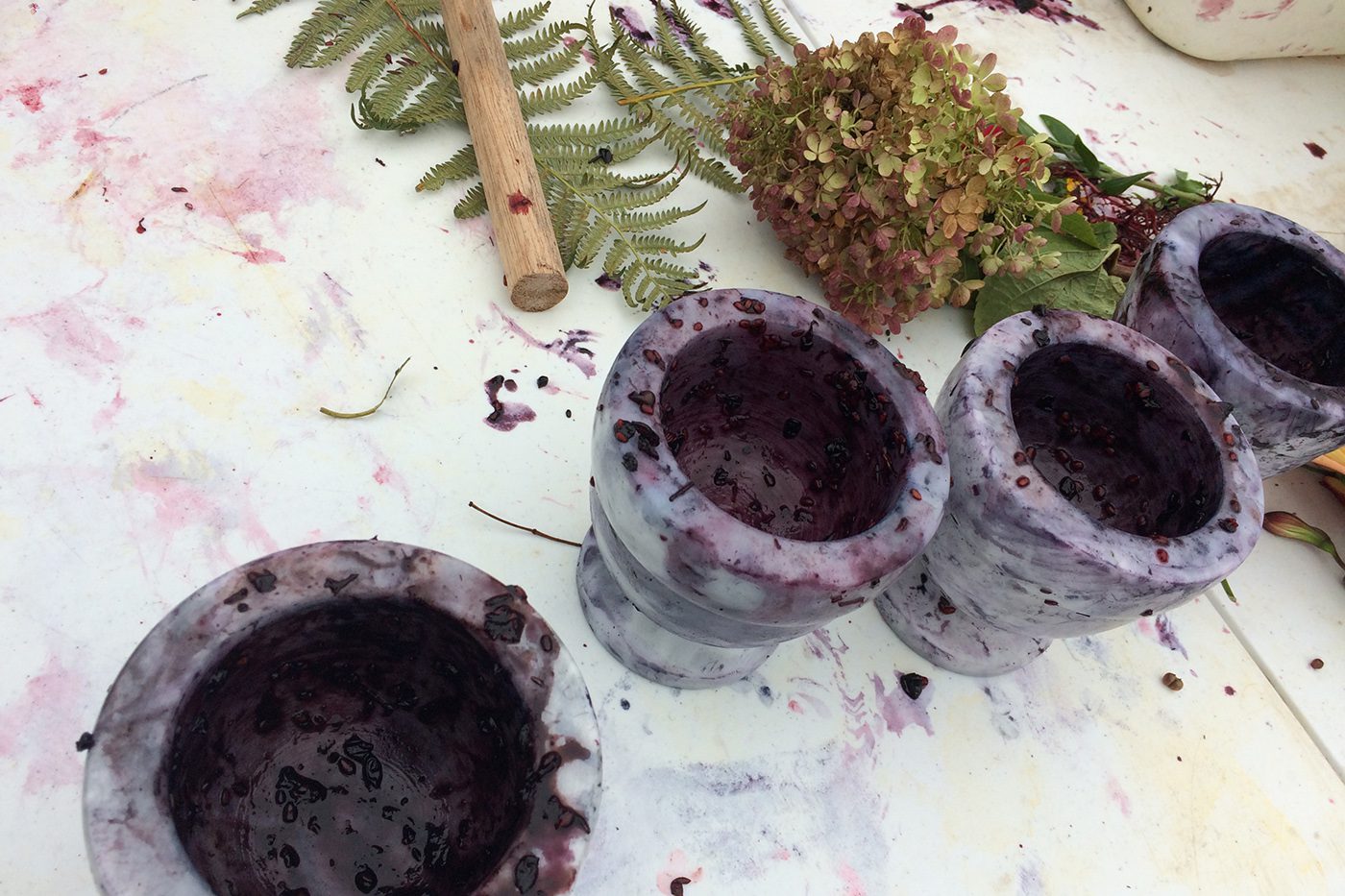
Exploring Place-based Art
Over the course of eight weeks, starting in September, we explored print as an artistic medium, as well as delving into the life of Ernest Shackleton and his connections with Kilkea. 4th to 6th class (10-12 years old) were engaged in local, place-based learning when they participated in the hands-on processes of ink-making, producing natural dyes, mapmaking, gravestone rubbing, bookbinding, and letterpress and drypoint print-making.
Over the course of the residency, the children made journals and practised creative journaling too. Sixth Class (12- and 13-year-olds) even composed their favourite line from Shackleton’s favourite poem “If”, upside down and backwards on a letterpress – they loved the challenge!
The National Library of New Zealand very kindly sent copies of archive photos from the Shackleton expeditions for me to share with the children, while the New Zealand Antarctic Heritage Trust looked for art materials in Shackleton’s hut in Antarctica and sent us photos of the artefacts they found. The children were absolutely fascinated by them!
We also took inspiration from the Shackleton family’s passion for learning and interest in the wider world. A postcard that Ernest Shackleton’s cousin, Jonathan, had sent to the school in 2015 from South Georgia where Ernest is buried caught the children’s imagination too, and it helped to shape the printmaking plans they made.
As the project progressed, we realised writing or correspondence needed to be a part of the artistic process, and so the pupils printed postcards using the drypoint technique on recycled CDs and overprinted them with letterpress, and each of them wrote a question on their postcards for the postmaster of the Penguin Post Office to answer.
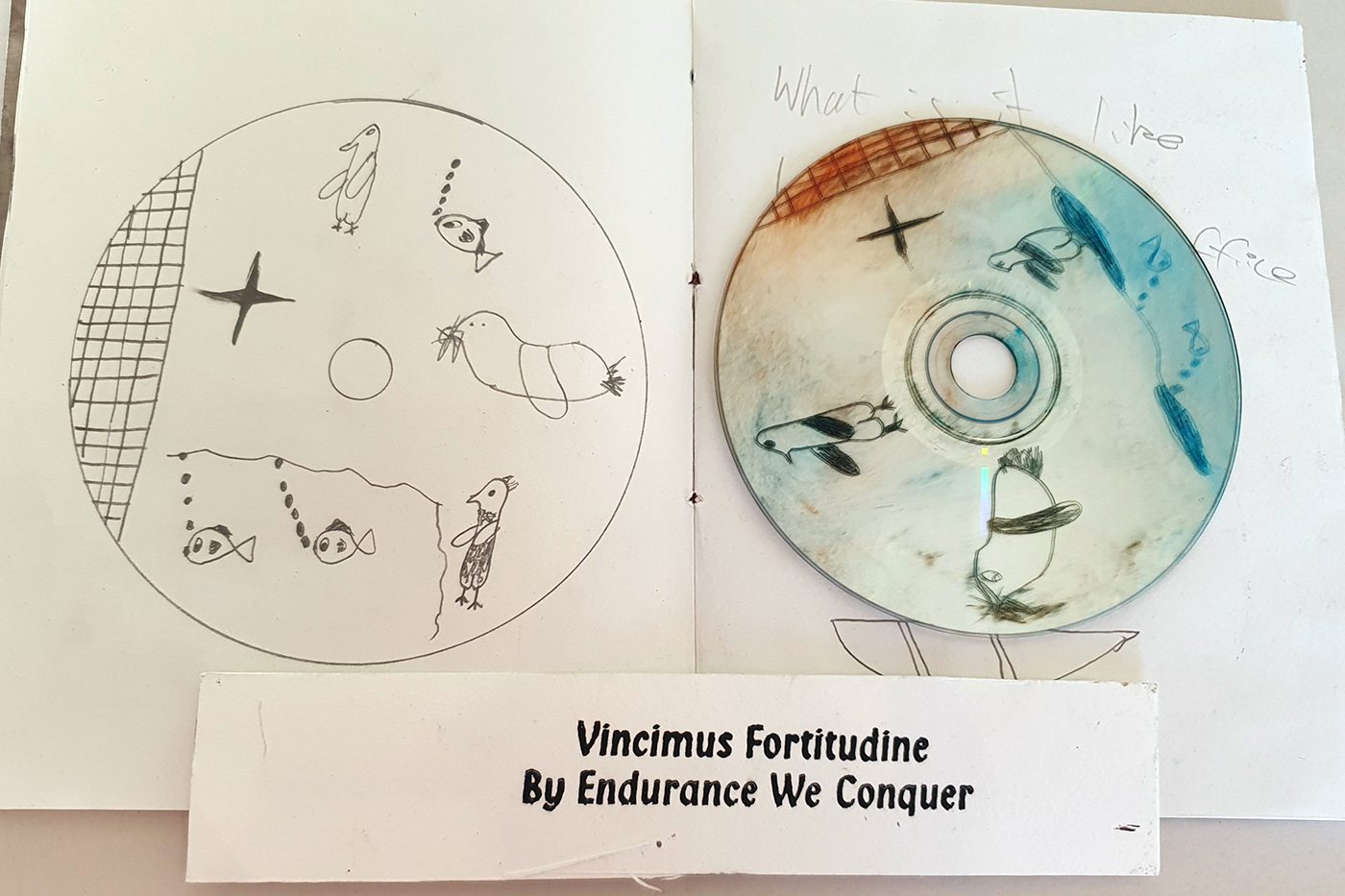
Sending Postcards to the South Pole
The project didn’t go quiet after my artist’s residency ended! I arranged video calls for the children of Kilkea School with the postmaster of the Penguin Post Office in Antarctica in January 2022 and May 2022. Meanwhile, the UK Antarctic Heritage Trust Expedition Team brought the children’s postcards on their expedition and posted them back from Port Lockroy.
Together with the school, I collaborated with international entities throughout this project, and we are very thankful for the generous input and support we received from:
The UK Antarctic Heritage Trust, the New Zealand Antarctic Heritage Trust, the National Library of New Zealand, the Scott Polar Research Institute, and The Shackleton Museum, as well as Athy & Kildare Arts Office. Special thanks to Kit Adams, the now retired postmaster of the Penguin Post Office (UK Antarctic Heritage Trust) for giving the children an unforgettable experience, which we hope will inspire future explorers!
I loved collaborating with the children and their teachers as well as these individuals and organisations, who were so generous with their knowledge and time. And like the children I have learnt a lot! Building on this experience and my previous Shackleton projects, I am starting to plan climate-activism-based art experiences for young people that connect the past, present, and future, as well as Ireland and Antarctica. Ernest Shackleton loved Antarctica, but the achievements of history are worth nothing unless we use them to help us look imaginatively towards the future.
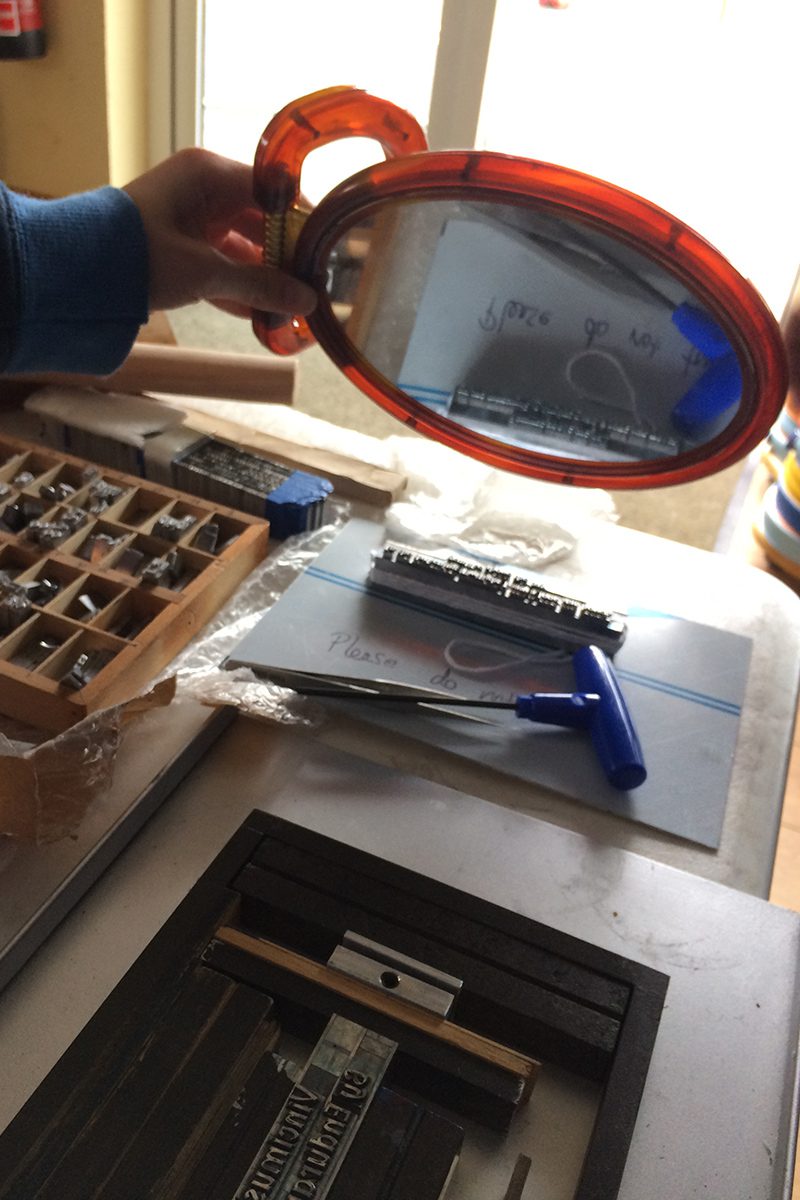

Project: Creative Exploration – Kilkea School
Funders: Kildare County Council Arts in Education Residency Bursary Award 2021.
Partners: Angelina Foster & Kilkea School
Outputs: The school documented the project on its website at https://sites.google.com/kilkeans.com/artsinedgrant2021/home

